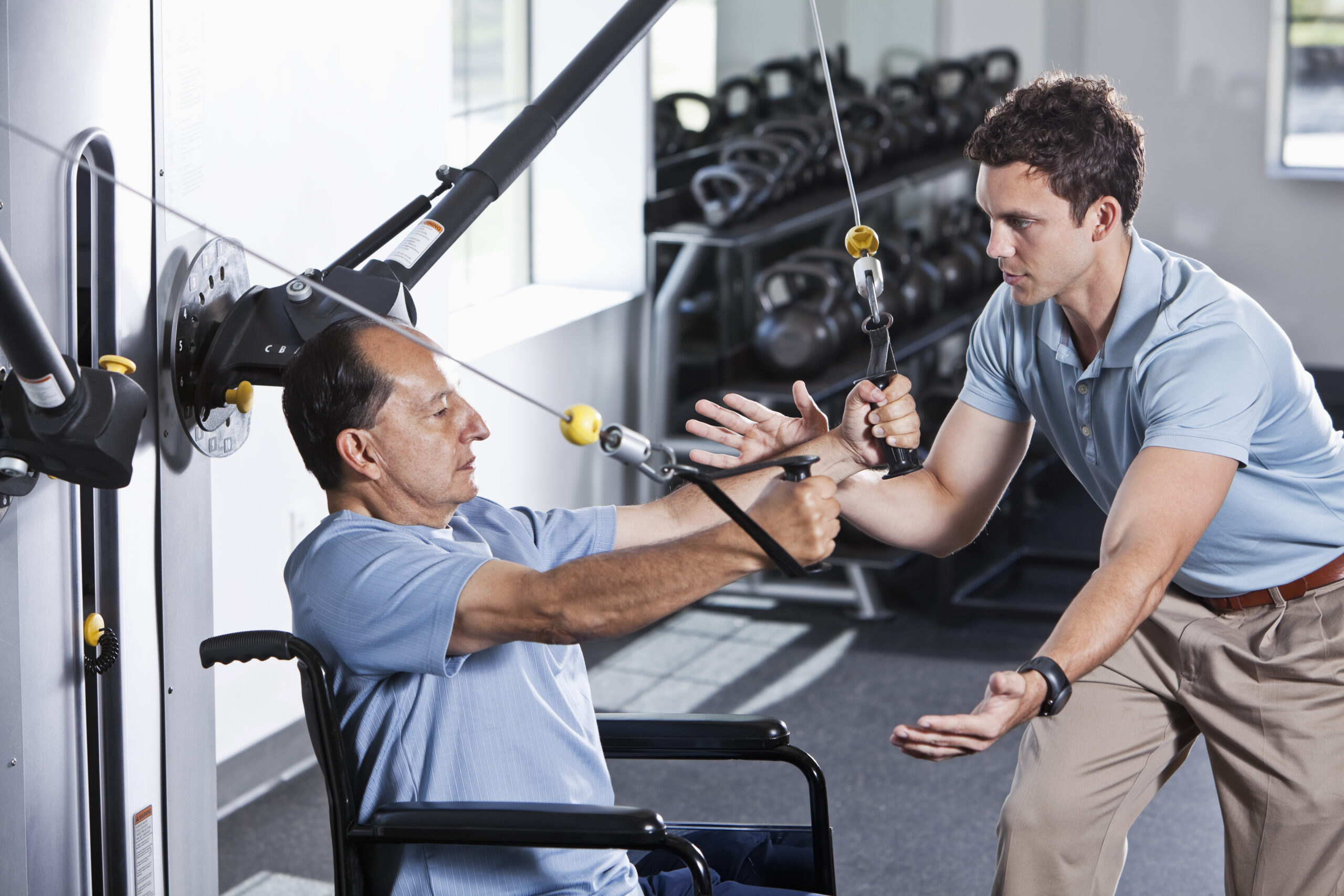
Physical therapy can help prevent physical decline
A natural part of the aging process is having decreased flexibility, strength and/or balance. Which is why returning to your normal level of activity after an injury, illness or surgery can get more difficult with each passing birthday. But working with a physical therapist after a fall, hip replacement or stroke can help get you back to what you love to do and improve your overall quality of life.
In fact, the benefits of physical therapy for seniors is even more far-reaching than previously thought. According to the National Institutes of Health, physical therapy can help improve strength, balance, mobility and overall fitness, which can help you maintain your independence longer.
That’s because physical therapists understand how the body works and know how to get it moving again. Geriatric physical therapy is a proven way for seniors of all levels of function to build confidence, improve balance and strength, and stay active.
Conditions that are helped by physical therapy

Senior physical therapy services are almost always prescribed for hip fractures and joint replacements. Physical therapy can also help people regain their mobility and speech aftera stroke. But did you know physical therapy can also help with these conditions?
- Arthritis: By retirement age, almost everyone has arthritis in their spine, but not everyone shows signs. Besides taking medication, there are many types of physical therapy — aquatic exercises, hot packs, electrical stimulation, ice to reduce swelling — arthritis sufferers can engage in to help relieve some of the symptoms. Osteoarthritis — which primarily occurs in the hips and knees due to bone deterioration as we age — is the main reason for physical therapy for older adults. That’s because a lack of mobility and flexibility can increase the risk of a fall.
- Fall prevention: Having good balance is important in helping prevent falls. Senior physical therapy can work on all the important areas of the body for maintaining balance: blood oxygenation levels, muscle strength, awareness of joint position and movement, vision, and your inner ear. Also, gradual weakening of the leg muscles — quadriceps in the front of the thigh and gluteal muscles in the back and side of the buttock — is another major cause of increased fall risk. A fall leads to a high likelihood of prolonged injuries, such as head injury and/or fractures. Fear of falling can also cause seniors to live a more sedentary lifestyle, which is proven to raise the possibility of depression, anxiety and pneumonia while lowering feelings of confidence.
- Parkinson’s: Early physical intervention — before stage 4 Parkinson’s when most people are unable to live alone because of significant decreases in movement and reaction times — can almost always prevent the most severe symptoms of stage 4.
- Dementia: Avoiding falls is also important with Alzheimer’s and other forms of dementia. Physical therapy that uses the types of movement your loved one remembers from the past, such as dancing or gardening, is most effective at helping maintain balance and avoiding falls.
2 common questions and 1 misconception
According to Chris Sansom, director of operations for RehabCare (which partners with Harrogate to provide on-site physical therapy), here are a couple of questions he’s asked most often along with one misconception.
Q: Will I get back to my prior level of functioning?
A: The initial evaluation is critical in helping develop a complex intervention plan that includes short-term and long-term goals. Reviewing your prior history, including any diagnoses that are chronic, is important, as is the motivation needed to want to get better. One of the biggest determining factors in helping you reach your goals is a willingness to participate in therapy. While some of the recovery is based on medical deficits, motivation and attitude are also very important. If you have a positive attitude and outlook on physical therapy, the likelihood of you making a full recovery will greatly increase.
Q: Can I continue to live independently?
A: It depends on where they are on the journey of rehabilitation. We take a lot of things into consideration: Have they advanced beyond the stage of supervision level and are they able to completely function on their own? What does their mobility look like? What is their gait? Do they have any cognitive deficits? To make the determination if someone can live independently, we have to look at the whole person to see if the holistic view of their needs and living environment match. Consideration of cognition, social skills and family support is also a big part of making this determination.

The biggest misconception of therapy is that it’s only hard work and a lot of exercise.
Physical therapists are good at helping with pain management and practice a lot of different therapies — electrical stimulation therapy and heat/cold therapies — to help you be as pain-free as possible. Once a therapist is able to reduce your pain, your chances of getting better could increase because all you have to do is focus on your physical therapy.
Questions about senior physical therapy at Harrogate?
If you have a surgery planned or want to learn how to better maintain your strength, balance and flexibility, you don’t have to be a Harrogate resident to receive physical therapy at our 5-Star-rated health center. To learn about our wide variety of rehabilitation therapies, call one of our Life Care Consultants at 866-606-0178, or use our Contact Us form.
